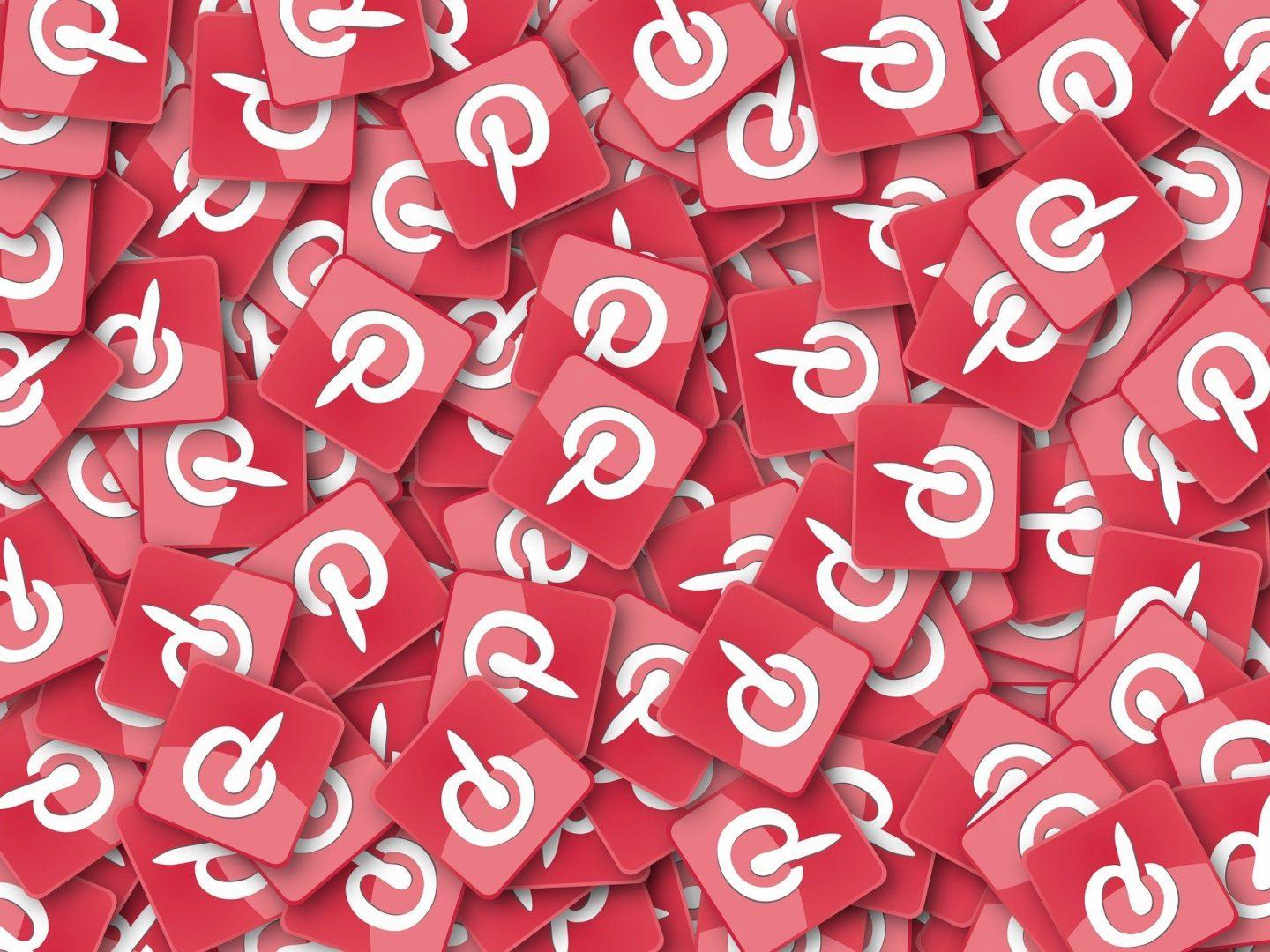- Home |
- Get to-grips-with-pinterest
Posted On:
Marketing New Year’s Resolutions: Get to Grips With Pinterest

As an expert digital marketing agency in Surrey, something the Thunderbolt team hear time and time again are clients looking to get the most value out of every platform available to them. Of course, some are more straightforward than others, and some (such as Pinterest and Snapchat) are a bigger mystery than an Agatha Christie novel, especially for SMBs without their own marketing departments. This is where we come in! We’ll help you get acquainted with some of the more elusive platforms, and you’ll start to see that they’re as scary as they first seem!
So, just what is Pinterest? The platform is generally classed as social media but is unlike any other platform in the way it operates. What is good content or shareable elsewhere may completely miss the mark on Pinterest due to the functionally different way the site is used. Despite being known as social media, Pinterest is less about interacting with others via comments or likes, and is arguably closer to a search engine than anything else. Pinterest users go there to gather ideas, create scrapbooks (in the form of “boards”) and plans various elements of their lives, from creative projects, to parties, to DIY, and even weddings.
Pinterest users actively being on the hunt for content is completely different to the way that the same people interact with other social media sites, and can even lead to them welcoming promoted content and willingly visiting external links (or at least saving the pins in question). However, this doesn’t mean that Pinterest is easy pickings – instead, your current marketing strategy needs to be at the very least tweaked, if not altered drastically in order to work effectively on Pinterest.
Remember that a good quality pin will not look like a good quality Tweet or Facebook post. If you’re familiar with digital marketing, you should already know the value of using images over plain text, but as Pinterest is a visual only platform, you have almost no choice in the matter (unless, of course, you create an image with text in it!). This means that, rather like Instagram, the picture you use isn’t just complementary, but what will end up completely selling your brand to the viewer. Though, unlike Instagram, pictures that are less aesthetically pleasing still have the potential to do well if they offer some practical help such as DIY tutorials.
So what can be done to actively appeal to the user base? First you need to decide what users in your target audience will find the most valuable and compelling – to get a head start on this, try searching Pinterest for relevant keywords in your industry. See what kind of pins show up, which ones are popular and also take note of any sponsored content you see. Would it appeal to your audience, and if so, why? Don’t simply copy another brand’s strategy, but take inspiration from what you see there. And remember, a great way to utilise the platform to its full potential and get users to stop scrolling is to take advantage of gifs and videos!